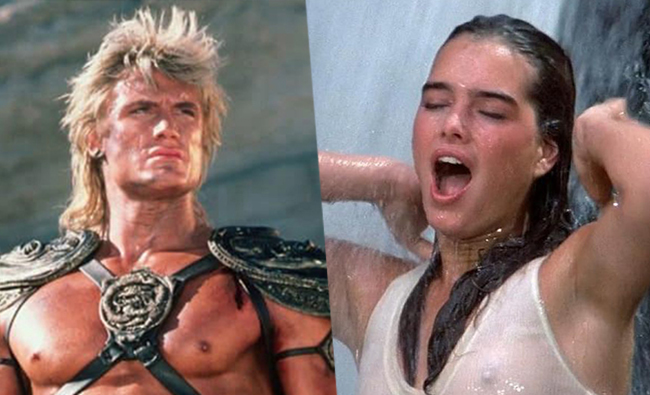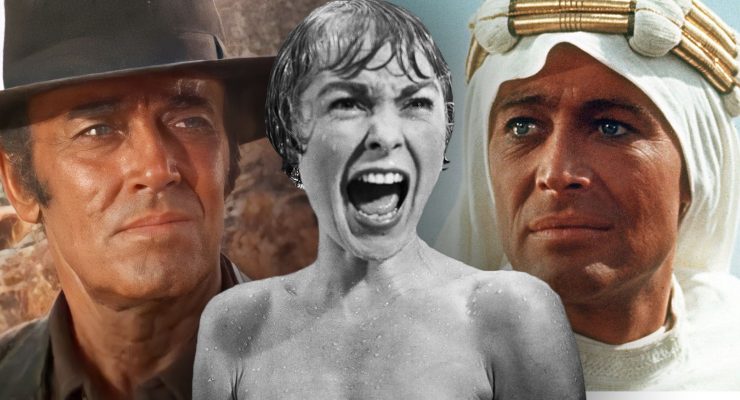As part of the BFI’s Studio Ghibli Season, Simon Columb reviews Pom Poko…
“Testicles play an important role in tanuki mythology” writes Colin Odell and Michelle Le Blanc when discussing Pom Poko. Directed by Isao Takahata, this is a far call from the deeply serious war story of Grave of the Fireflies. Rather than humans, Pom Poko tackles morphing racoons. These creatures, along with foxes and cats, have a long history in Japan whereby they’re playful, mischievous transformations is merely one trick, alongside their ability to expand their balls into enormous parachutes or rugs to sit upon. Studio Ghibli always manages to inform us of the fascinating stories embedded in Japanese culture – but, until a tanuki (the accurate name for these magical racoons) reveals that his entire tanuki-class is sitting on an outstretched scrotum, you never realise how culturally different it truly is.
That’s not to say that this is a problem as Pom Poko is a joyous celebration of nature and life. Introducing two tribes of racoon’s as they fight each other for territory, the tanuki realise their true enemy is man as Tokyo’s outskirts are expanding the city limits, decimating the area known as Tama Hills. The racoon’s feverishly try tactics to scare off the construction workers – from creating ghost-like apparitions and parades through to perfecting their morphing technique to become human. Despite these efforts, the expansion continues and esteemed Masters, and non-morphing tanuki, die in the attempt at holding them back. The final moments are undercut as they change their way of life – tanuki scavenge for food in waste bins while others, who transform into humans, desperately reminisce of the time that once existed whereby forest, lakes and green, green grass was all that dominated the Tama Hills.
Pom Poko manages to tell its ecological tale in no uncertain terms. Humans are destroying the landscape irreversibly. Released in 1994, it seems to tell a similar tale to BBC’s Animals of Farthing Wood, a TV-series running briefly between 1993 and 1995. The dangers of busy roads, in both animations, is a tale often told. As I recall, the Farthing Wood creatures were escaping the industrial deconstruction of their natural habitat – and this is the same conflict that forces tanuki to fight humans. But Pom Poko has a mysterious, yet plucky tone that seems to make light of the earnest tale it tells. The multiple characterisations of the tanuki is deftly edited and effortlessly realised. Considering the characters change between five different forms, each tanuki has specific characteristics that are clearly realised. When we meet a sneaky, money-driven human it becomes apparent that he too is kitsune (a transforming fox) and this is clear from his animated human features from the outset.
This charming tale has only heightened my appreciation of Studio Ghibli. In the final moments of Pom Poko we see what the tanuki want to create – and it’s not a world without humans. It is furosato (meaning ‘homeland’) whereby humans live alongside the tanuki. Small, but comfortable houses and clearly marked water pockets surrounded by lush, overgrown forest and plants. It is beautiful, and it’s not the first time that Studio Ghibli has made me wonder what a world would be like with more time aside for wildlife. The two girls running free to find a spirit in My Neighbour Totoro. The two children on the beach, even for a moment, in Grave of the Fireflies to take their mind of the horrors of war.
Spinning his tail, *poof*, Mario would transform into tanuki in Super Mario Bros 3 – and this was my first introduction to the term. Now, Pom Poko has told me how tanuki represent so much more.
Throughout April and May, the BFI on Southbank are screening all the Studio Ghibli films. For more information, click here.
Simon Columb – Follow him on Twitter @screeninsight











